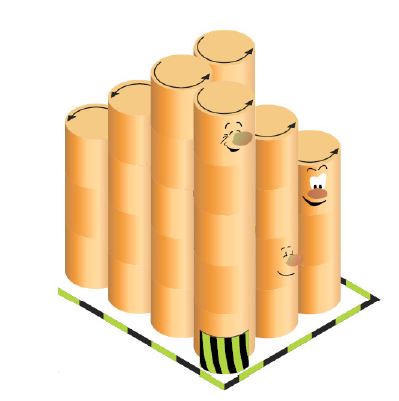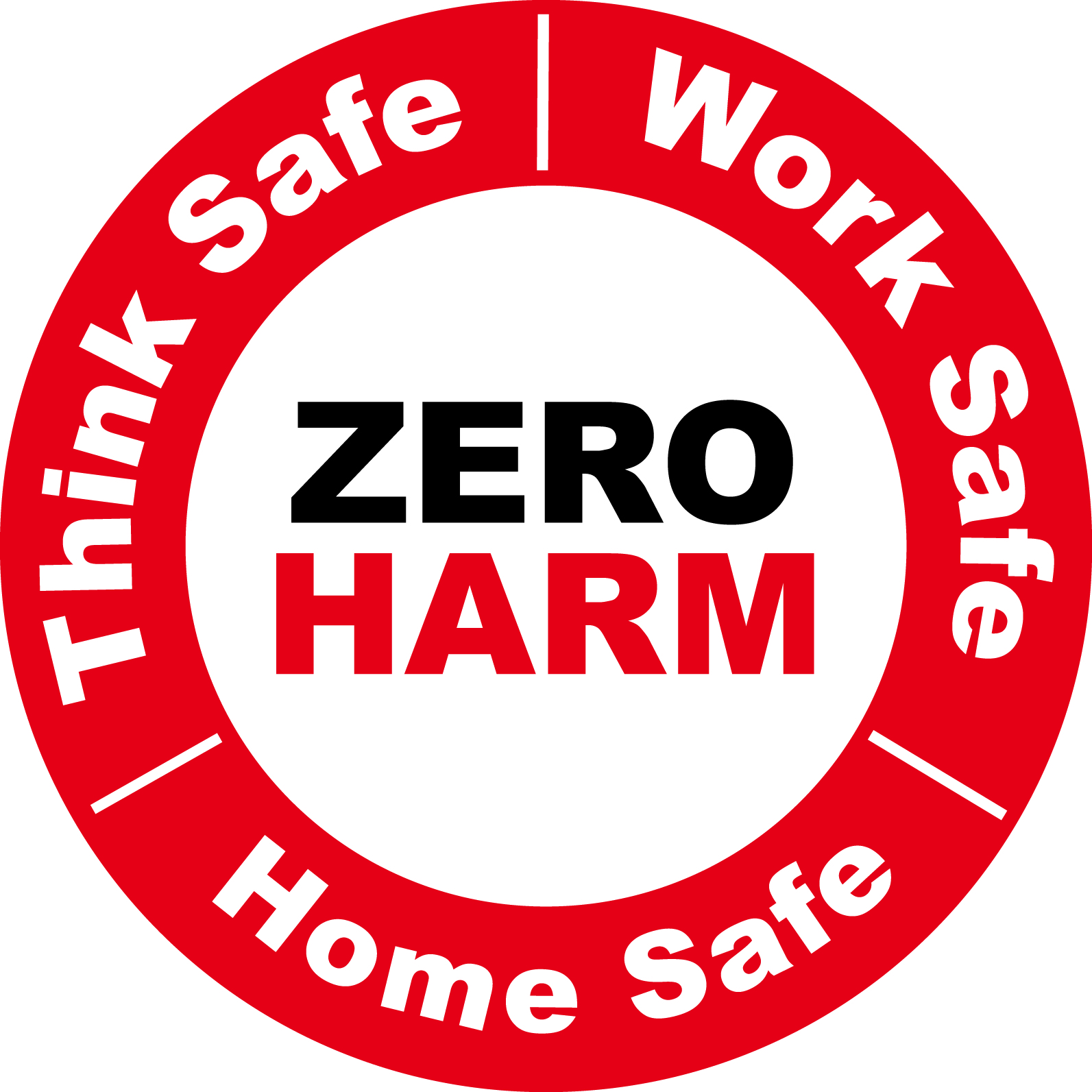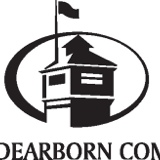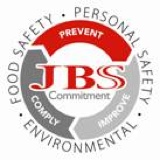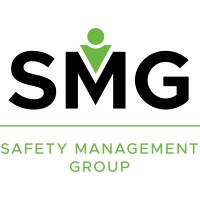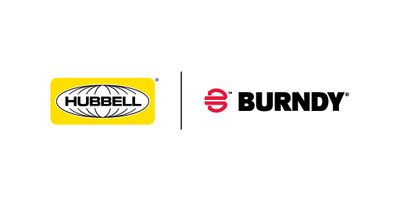Title Page
-
Site conducted
-
Conducted on
-
Prepared by
-
Which warehouse are you auditing?
NOTE: If NOT-COMPLIANT is selected for any item, entering a photo and a comment are required. If a work order is needed, you must fill one out for that item.
1.0 Previous inspection
-
Has the last inspection been reviewed?
-
Are there no outstanding actions?
2.0 Shelving or racking
-
Stable – e.g. Bolted to the floors, safety latches or bolts inserted on each shelfrac
-
Take a photo
-
Comment :
-
Solid – e.g., lack of deformation or corrosion
-
Take a photo
-
Comment :
-
Nominal capacity displayed and respected
-
Take a photo
-
Take a photo
-
Comment :
-
Well-placed and stabilized loads – e.g. Properly attached or packaged loads on the pallet
-
Take a photo
-
Comment :
-
Palletized loads are placed so that pallet overflows on the front and rear beams have a maximum clearance of between 2 and 4 in
-
Take a photo
-
Comment :
-
Equipped with anti-fall protection if in proximity to the circulation, pedestrian, or operating areas
-
Take a photo
-
Comment :
-
Pallets or shelves with dimensions and capacities that are compatible with the loads
-
Take a photo
-
Comment :
-
Clearance between two loads and between a load and the upright frame column of at least 3 in
-
Take a photo
-
Comment :
-
Clearance between a load and the beam above of at least 3 in
-
Take a photo
-
Comment :
-
Clearance between two loads placed in two back-to-back alveolus of at least 4 in
-
Take a photo
-
Comment :
-
Clearance of at least 18 in. between the height of the loads and the sprinkler heads
-
Take a photo
-
Comment :
-
Using equipment adapted for working at heights e.g. step ladders, mobile staircase
-
Take a photo
-
Comment :
-
Sufficient aisle space for secure handling of loads
-
Take a photo
-
Comment :
-
Other observation?
3.0 Pallets
-
In good condition e.g., not broken or cracked, without protruding nails
-
Take a photo
-
Comment :
-
Stored flat, far from heat sources
-
Take a photo
-
Comment :
-
Stacking less than 1.2 m high in areas not protected by sprinklers
-
Take a photo
-
Comment :
-
Other observation?
4.0 Paper or cardboard rolls
-
Stacks distanced from the building wall or any other structure
-
Take a photo
-
Comment :
-
Stable and uniform stacks
-
Take a photo
-
Comment :
-
Ends and leftover rolls*: rolls that are larger at the base (respecting the pyramid)
-
Take a photo
-
Comment :
-
Respect the maximum stack height
-
Take a photo
-
Comment :
-
Clearance of at least 45 cm under the sprinkler heads
-
Take a photo
-
Comment :
-
There are no stacks that impede the circulation of forklifts
-
Take a photo
-
Comment :
-
Other observations?
5.0 Palletised loads stored in stacks (primary materials, finished products, cardboard boxes, etc)
-
Stable and uniform stacks
-
Take a photo
-
Comment :
-
Respect the maximum stack height
-
Take a photo
-
Comment :
-
Clearance of at least 45 cm under the sprinkler heads
-
Take a photo
-
Comment :
-
Anti-fall barriers present if the stack is less than six metres from a pedestrian or operating area
-
Take a photo
-
Comment :
-
There are no stacks that impede the circulation of forklifts
-
Take a photo
-
Comment :
-
There are no stacks that impede walkways and the circulation of pedestrian
-
Take a photo
-
Comment :
-
Other observation?
6.0 Paper, cardboard or plastic bundles
-
Compact bundles
-
Take a photo
-
Comment :
-
Stable stacks
-
Take a photo
-
Comment :
-
Interspersed or interlocked bundles in order to improve stability
-
Take a photo
-
Comment :
-
Stair stacking to reduces falls of high-level
-
Take a photo
-
Comment :
-
Respect the maximum stack height
-
Take a photo
-
Comment :
-
Other observations?
7.0 Opportunity for improvement
-
Corrective measures suggested
